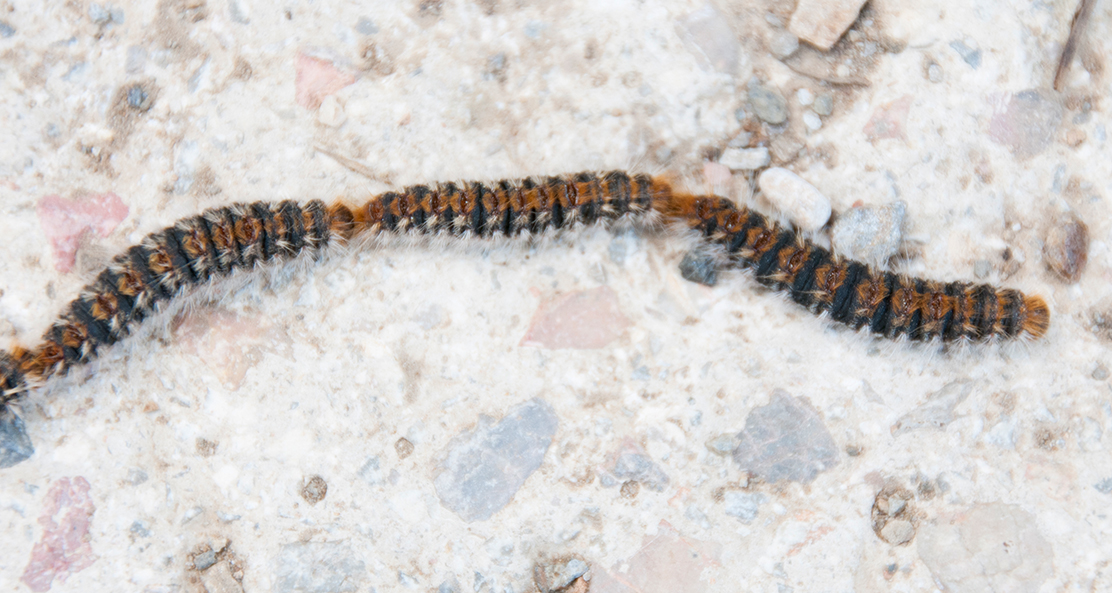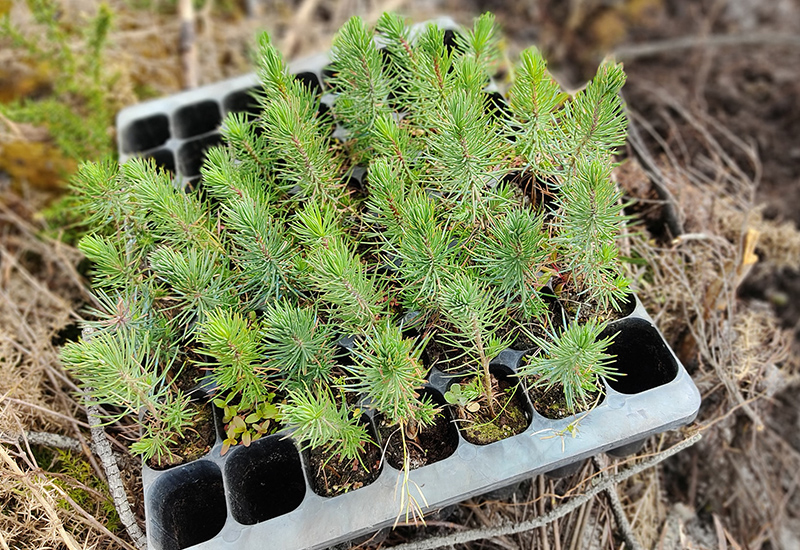The age of the processionary caterpillar is upon us! Well, this month, anyways.
Some of our outwardly ambulatory readers will have found that the hairy caterpillar has started hatching from its nest and begin the, seemingly random, stroll across the forest floor. As to why they do this, best as an entomologist, not a vet. Or google it.
What I CAN tell you is that if your pet picks them up, the short, sharp hairs become embedded in the mucosa of the animal’s mouth, causing a vicious inflammatory inflammation.
Dogs being such nosey chaps, they tend to be ones affected most commonly. I suppose that is where sticking your nose everywhere gets you!
Without stimulating you with a cascade description of the (type I) hypersensitivity reaction, suffice it to say that the tongue can swell so big it cannot even fit in the mouth anymore.

Signs of the caterpillar inflammation:
- Swelling of the tongue (or other mouthparts)
- Excessive drooling
- Pawing at the mouth
- Rubbing the face
If you think your dog has ‘mouthed’ one of these critters, wipe the ENTIRETY of its mouth with a damp towel to get those hairs OUT. This includes the underside of the tongue, hard palate, inside of cheeks, etc.
Have antihistamines at home. Most cases should be seen by a vet, but if you have some antihistamines at home (from the Farmacia), you can start treatment immediately.
The authors favourite antihistamine is cetirizine. A strong effect, without the sedation effect.
Call the vet for further advice, but at least now, you will be prepared.
+351 282 782 282
lagosvet.com














